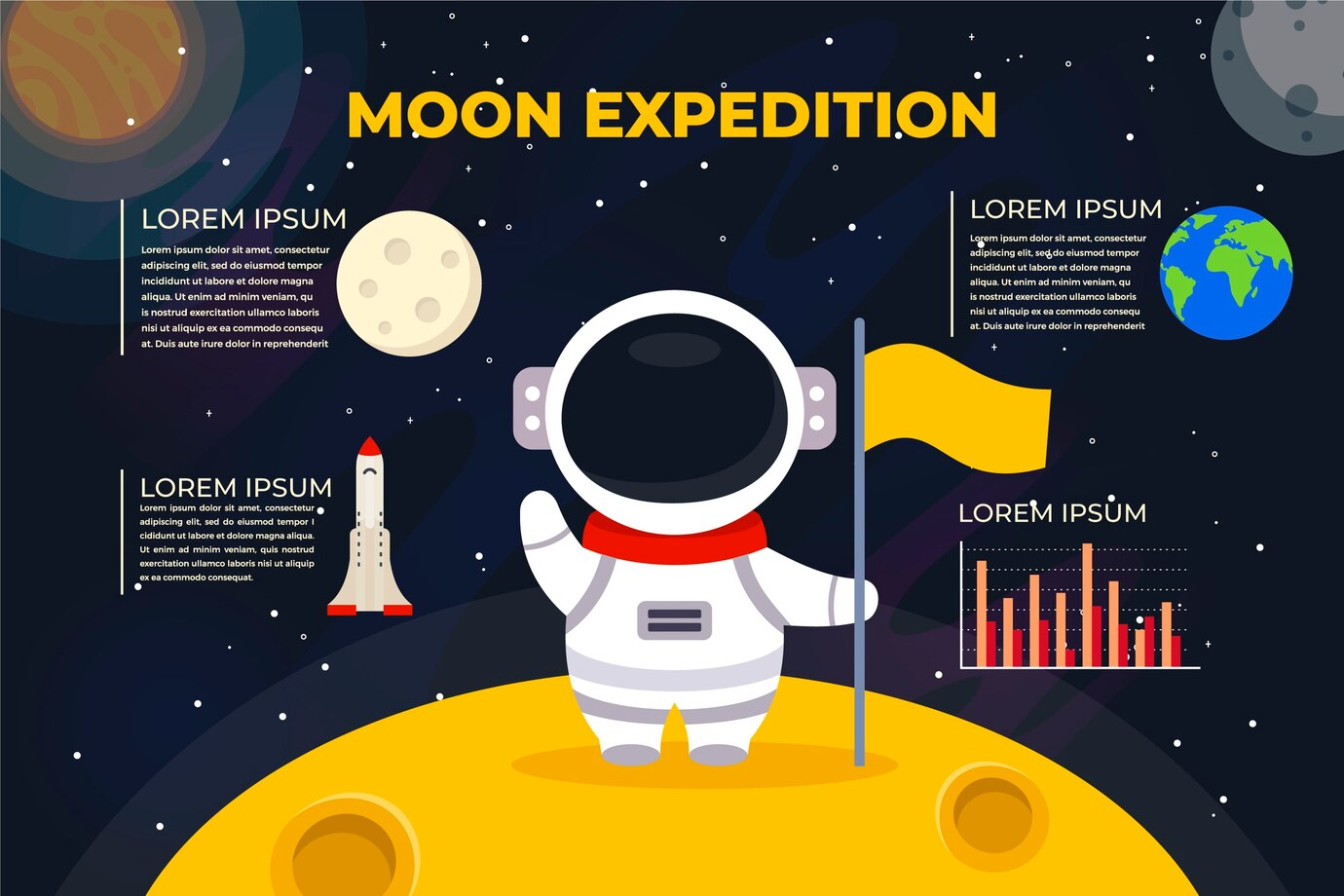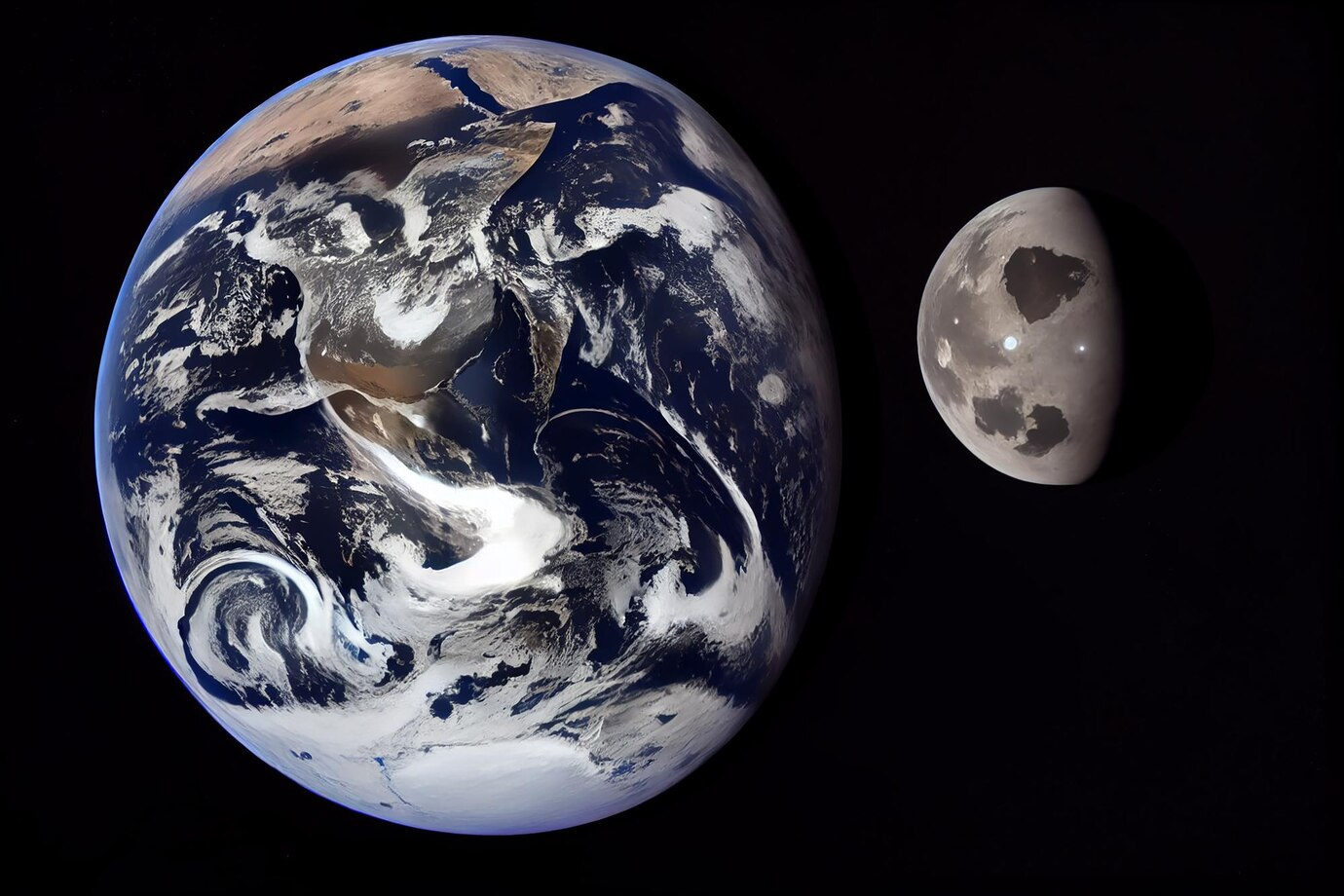Executive summary
Lunar resources are emerging as a new opportunity to brighten humanity's future. Resources such as rare metals, helium-3, water, and more could play an important role in space exploration and solving energy challenges. This article explores what lunar resources are, what potential they hold, and current efforts and future prospects for utilizing them.
Lunar resources usher in a new era
Humans have been exploring the Moon for a long time, and in the process have discovered that it is not just a satellite, but a treasure trove of resources. [Lunar resources]] are now emerging as an important component of the space industry, and in this article, we'll take a look at the opportunities they offer humanity.
1. Lunar Resources: Rare Metals
The lunar surface is rich in rare metals, especially rare earth metals such as scandium, yttrium, and lanthanum, which are essential for electronics and advanced technology. As a [[lunar resource]], rare metals could be an important alternative to addressing resource depletion on Earth.
2. Helium-3: The energy source of the future
Among [[lunar resources]] of particular interest is helium-3. Helium-3 is a nuclear fusion energy source, providing clean energy with little radioactive waste. While helium-3 is currently difficult to obtain in large quantities on Earth, it exists in abundance on the Moon. This allows humanity to innovatively solve energy problems.
3. Water: Sustaining life and producing fuel
Water is not only an essential resource for sustaining life, but it also plays an important role as a [[lunar resource]]. Water exists in the polar regions of the Moon in the form of ice, which can be broken down to obtain oxygen and hydrogen. Oxygen can be used for breathing, and hydrogen can be utilized as rocket fuel, which can greatly benefit space exploration.
4. The present and future of lunar resource development
Efforts to utilize [[lunar resources]] have already begun. NASA, ESA, China, and other countries and private companies are actively engaged in lunar exploration and resource development. For example, NASA's Artemis program aims to send humans back to the Moon by 2024, and to exploit lunar resources in the long term.
5. How lunar resources benefit humanity
Lunar resources provide several benefits to humanity. First, they can fuel technological advancement and economic growth. Second, they can play an important role in solving the problem of resource depletion on Earth. Third, it can provide opportunities for space exploration and settlement, expanding the scope of human activity.
Conclusion: Lunar resources hold endless possibilities
The [[lunar resources]] hold endless possibilities to brighten humanity's future. Rare metals, helium-3, water, and more could be the key to solving our economic, technological, and energy challenges. We look forward to continued research and investment to efficiently utilize lunar resources.







